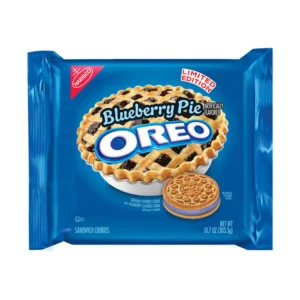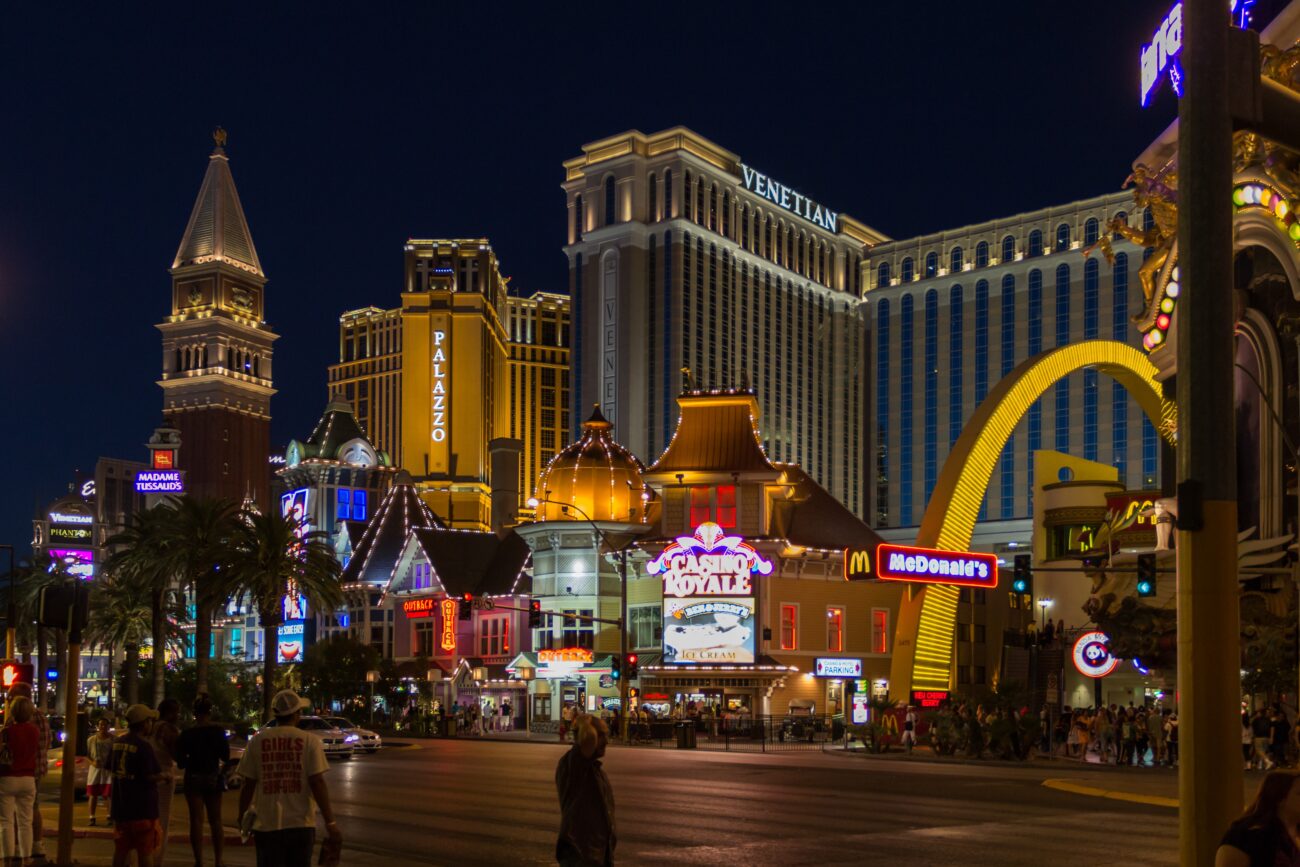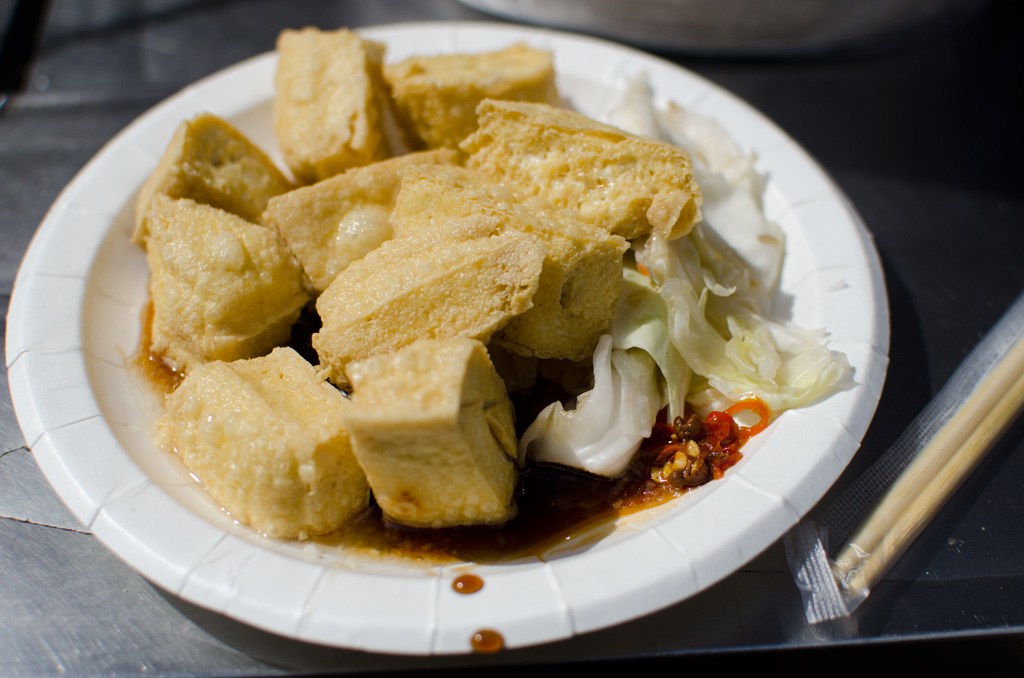Once-glorious retail kingdoms now stand as silent monuments to faded American dreams. The escalators have stopped, the fountain coins have tarnished, and the Orange Julius is definitely past its expiration date. These abandoned malls beckon us to wander their empty corridors – not for shopping, but for something more haunting: a confrontation with our own consumer mortality.
14. Hawthorne Plaza Mall

In 1977, Hawthorne Plaza burst onto the scene with 134 stores and dreams as big as its parking lot. By 1999, those dreams had shattered like a dropped food court tray. Security issues and urban decay claimed another retail victim.
Hollywood found beauty in its emptiness, though. From “Minority Report” to “Gone Girl,” its haunted corridors became the perfect backdrop for dystopian futures – which feels a bit on-the-nose if you ask me.
13. Westland Mall

Westland Mall’s 1969 debut seems like a lifetime ago – back when open-air shopping felt revolutionary and Woolworth was still a thing. They eventually enclosed it in 1982, like putting a dome over a dying ecosystem.
The mall hosted “America Goes Bananas” in the late 70s, which sounds like either a teen variety show or my personal breakdown in the abandoned JCPenney. By 2012, the bananas had definitely gone bad.
12. Forest Fair Mall

Some dreams are too beautiful to survive, like Forest Fair Mall’s ambition to be Ohio’s second-largest shopping paradise. Its luxury anchors signaled opulence that the market couldn’t sustain.
The developer declared bankruptcy faster than you can say “overextended credit line.” Despite multiple rebranding attempts, this mall proves that sometimes no amount of food court renovation can save you from financial reality.
11. Randall Park Mall

Opened in 1976 on a former racetrack site, Randall Park Mall was a two-million-square-foot monument to American excess. Developer Edward DeBartolo Sr. called it a “city within a city,” though it ended up more like a ghost town within a ghost town.
Cleveland’s de-industrialization pulled the economic rug out from under this retail giant. I once cried in a mall parking lot, but Randall Park’s closure in 2009 made an entire community weep collectively.
10. Woodville Mall

Woodville Mall’s utilitarian simplicity offered 850,000 square feet of retail dreams in 1969. The 1986 renovations were like putting glitter on a gradually sinking ship – pretty, but ultimately futile.
By 2011, when a county judge ordered it closed, the mall had more safety violations than customers. Winter visitors enjoyed the authentic open-air experience of no heating – not exactly the shopping innovation America needed.
9. Cloverleaf Mall

Richmond’s first regional shopping center opened in 1972 with the optimism of a new Polaroid camera – instant, bright, and full of possibility. The 1980s renovations added a second floor, because the only thing better than a dying mall is a two-story dying mall.
Violent incidents in 1996 shattered community trust faster than a teenager dropping a food court tray. Today’s mixed-use development on the site feels like putting a sensible cardigan over the wild outfit of your youth.
8. Jasper Mall

Unlike its fallen comrades, Jasper Mall (born 1981) still limps along in Alabama with the determination of the last RadioShack employee. The 2021 documentary “Jasper Mall” captured its struggle with the tenderness of a first love poem.
With Dunham Sports and Rural King moving in, this mall isn’t dead – it’s just evolving like a Pokémon that traded fashion for farm supplies. There’s something beautifully American about that transformation.
7. Wayne Hills Mall

This cozy retail center served as northern New Jersey’s neighborhood mall from 1973, offering a more intimate shopping experience than nearby mega-centers. Think of it as the indie coffee shop to Willowbrook Mall’s Starbucks.
Its food court once hosted McDonald’s, Quiznos, and TCBY – the holy trinity of mall dining. The photos from 2019 revealed its skeletal remains with the poignancy of finding your childhood mixtape in a flooded basement.
6. Arnot Mall

Arnot Mall teaches us that confidence without market research is just expensive confusion. Opening in 1978 near established retail centers was like setting up a lemonade stand next to a Jamba Juice.
Abandoned by 2007, its empty halls became a paradise for urban explorers and metaphor-seeking photographers. Sometimes I think we’re all just Arnot Malls, trying to establish ourselves in overcrowded markets.
5. Metro North Mall

Metro North’s 1976 grand opening unleashed 1.3 million square feet of consumer playground on Kansas City. With 125 storefronts, it was a retail Goliath that eventually met its David in the form of e-commerce.
Its innovative layout encouraged long visits, because nothing says “the 70s” like designing spaces to trap people. Now its empty corridors echo with the ghostly sounds of Tears for Fears and food court Orange Julius blenders.
4. Rolling Acres Mall

If you’re struggling with the definition of urban decay, Rolling Acres Mall in Akron offers a masterclass. Opening in 1975 with Sears and boundless optimism, it closed by 2008, outlived only by a stubborn JCPenney Outlet that hung on until 2013.
Its skeletal remains became internet-famous as the quintessential dead mall – a snow-covered retail graveyard that perfectly captured America’s changing relationship with brick-and-mortar stores.
3. Lafiesta Mall

Saipan’s open-air luxury mall embodied both paradise and folly when it opened in 1992. Its interconnected plazas once housed Chanel and Rolex, catering to Japanese tourists who arrived on direct flights like retail pilgrims.
When Japan Airlines canceled those flights in 2003, Lafiesta learned a brutal lesson about economic ecosystems. It’s now just another beautiful ruin on a beautiful island – poetry that hits differently when livelihoods are involved.
2. Mall of the World

Dubai’s unrealized Mall of the World represents ambition untethered from reality – a 48-million-square-foot fever dream announced in 2014. This $6.8 billion vision promised to attract 180 million annual visitors, which is approximately the population of Pakistan.
The complex remains unfinished, a cautionary tale about confusing “can we?” with “should we?” Sometimes I think my unrealized novel and this mall are spiritual siblings – grandiose plans collecting dust in different corners of the world.
1. New World Department Store

Bangkok’s retail rebel began illegally in 1983, with construction violating building codes in ways that would make safety inspectors weep. After being shut down, rain filled its basement, creating an accidental aquarium that went viral in 2011.
Where retail failed, nature succeeded, as koi and catfish transformed this abandoned space into something unexpectedly beautiful. If that’s not a perfect metaphor for finding beauty in failure, I don’t know what is.


















